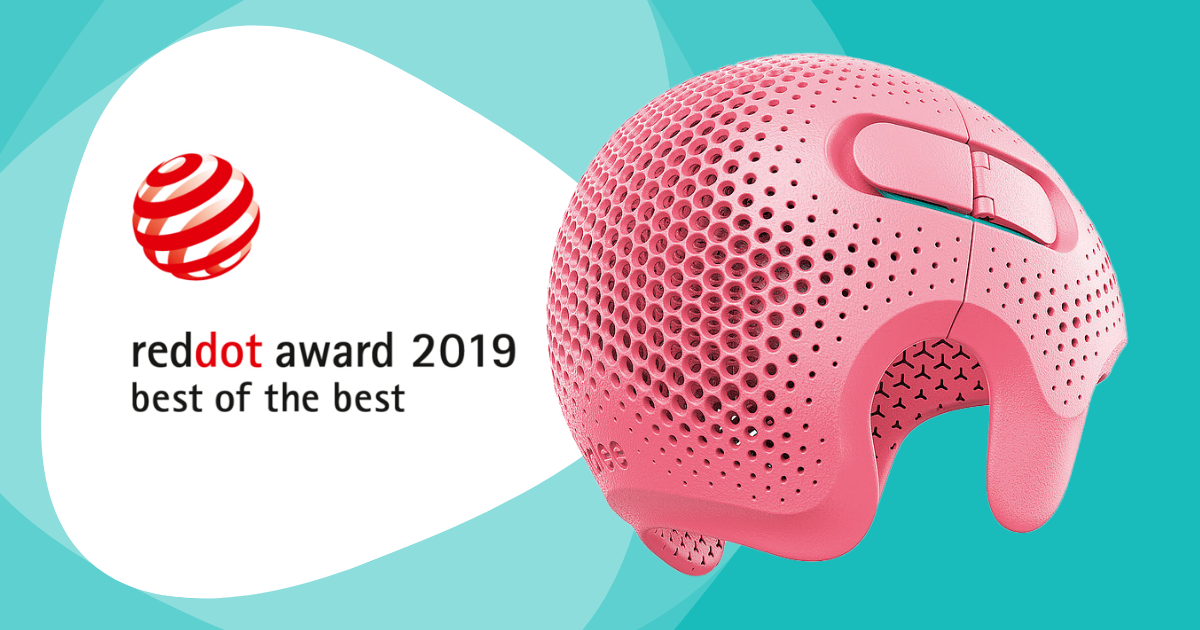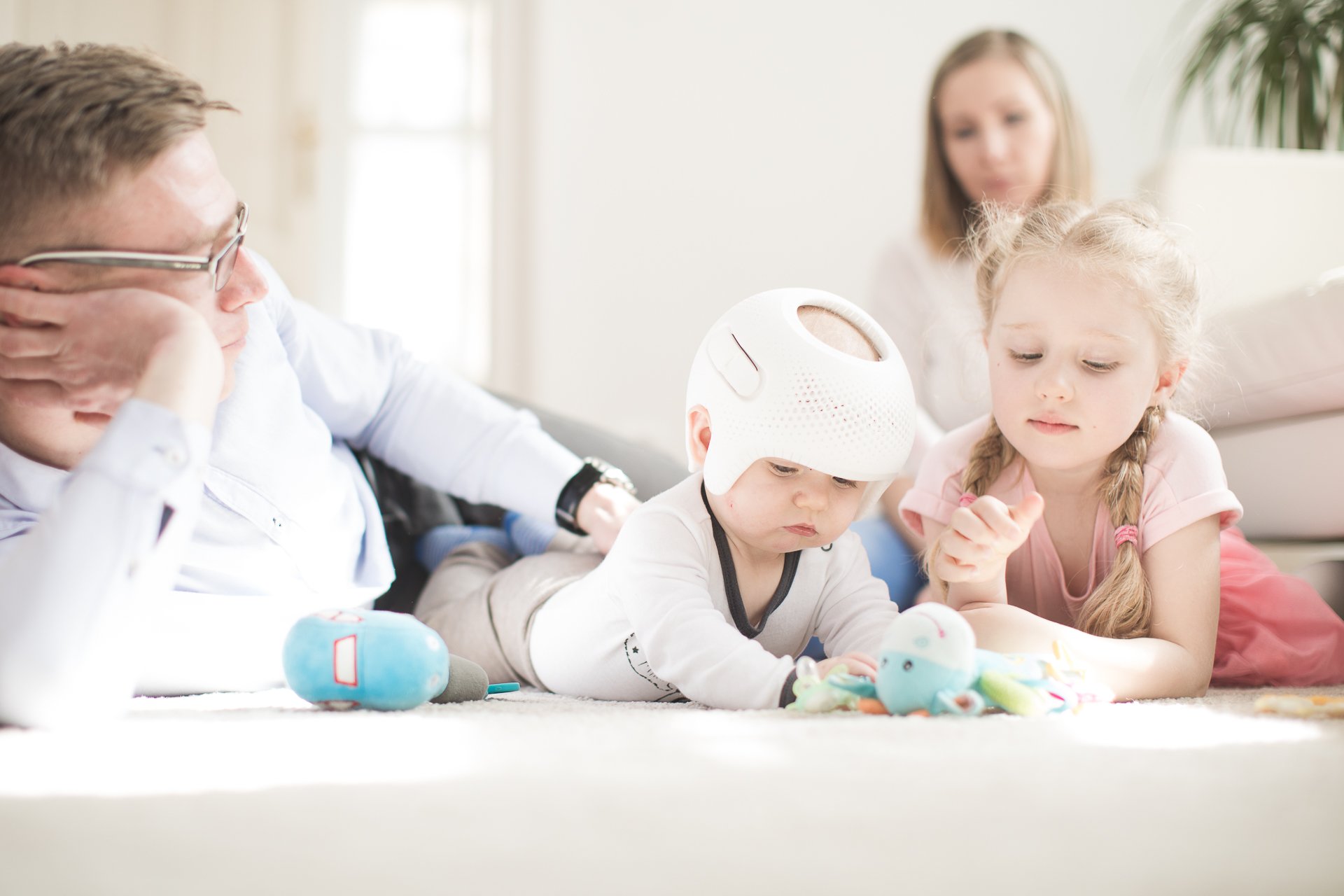
It is true that as a baby grows, the head shape will improve but for the severe head shape deformities that some babies have, there is just not enough time for the baby to achieve a ‘normal’ head shape without some help.
A doctor named Argenta published a paper in 2004 which we use to help parents and their doctors to see just how severe a baby’s plagiocephaly or brachycephaly is.
Parents usually notice that their baby’s head shape is not right at about eight weeks of age. At this time, parents should immediately start to reposition the head away from the flattened spot and seek advice on whether their baby has a tight neck muscle on one side, (torticollis). If the head shape isn’t improving by the age of four or five months then treatment using a helmet could be the best option to help to improve the shape.
But how should parents know how severe the head shape deformity is?
Argenta classified the stages of deformity into 5 types for plagiocephaly and 3 types for brachycephaly. Most babies who have a deformity will have a combination of the two types.
For plagiocephaly:
Type 1 (Normal)
There is a small flat spot at the back of the head on one side. This is normal and we all have a little asymmetry in our head shapes.
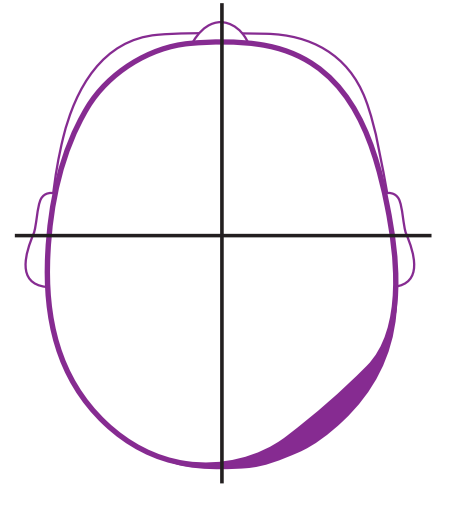
Type 2 (Mild)
There is some ear shift on the same side as the flattening. This is within the normal range and no action apart from repositioning is required.

Type 3 (Moderate)
The brow on the same side as the flattening, the ear shift is coming further forward, (bossing) and the flattening at the back crosses the front to back mid line. We recommend treatment for infants with moderate and severe asymmetry.
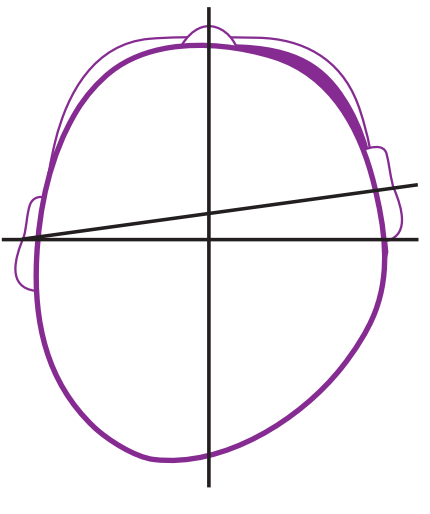
Type 4 (Severe)
There is jaw and facial asymmetry and the forehead bossing is more apparent. We recommend treatment for this type of deformity.

Type 5 (Severe)
There is bulging at the temple areas above the ears and the head height is showing deformity with the whole brow being pushed forward. This type is often seen in babies who have a brachycephaly (wide head) and a plagiocephaly (asymmetry) combined.

For babies with a symmetric wide head (brachycephaly) the classification is divided into three types.
Type 1 (Mild)
There is a central flattening but no side bulging. This is mild and does not need treatment, just keep watch and reposition.
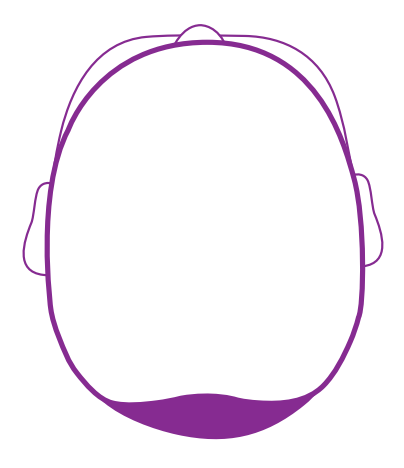
Type 2. (Moderate)
The back of the skull is wide and there are bulges at the sides of the head shape. WE recommend treatment for this shape.
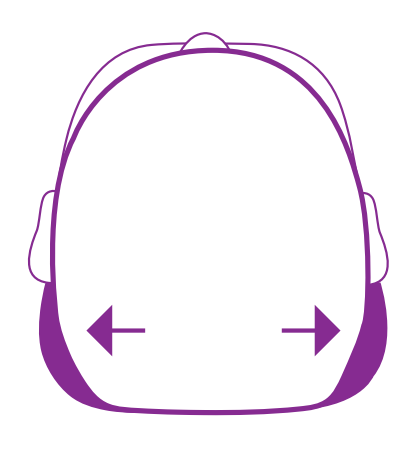
Type 3 (Severe)
There is bulging at the temples with brow bossing and a high back to the head shape. We recommend treatment for this severity of head shape.

Without help, the moderate and severe conditions will not improve significantly on their own and many parents contact us when it is too late for us to help. Using aa TiMbandAir will allow the head shape to gently and naturally grow back into a normal shape. We’ve helped many thousands of babies and have over fifteen years’ experience in successfully helping these children to grow up with a normal head shape and bright futures.
For more information on assessing your baby’s head shape, discover more information Deformational Plagiocephaly.
To make an appointment for a free assessment, call 0330 100 1800 or you can fill in a contact form.

